How to Make Computer Games
Find Tools
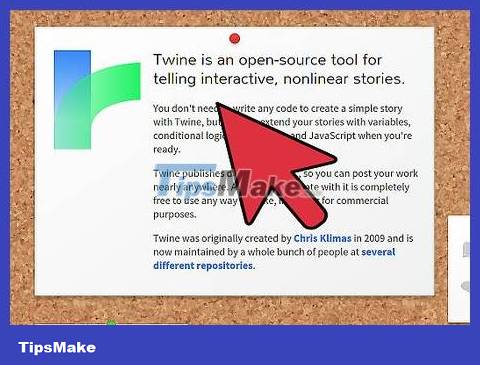
Make text games. This is the easiest game genre to program, although not everyone likes to play games without graphics. Text games focus mainly on story, puzzles or adventure combined with plot, exploration, and quizzes. Here are some free options:
Twine is a simple and free tool that can be used in the browser.
StoryNexus and Visionaire add more gameplay and still image options.
Inform7 is an effective tool with a large support community.
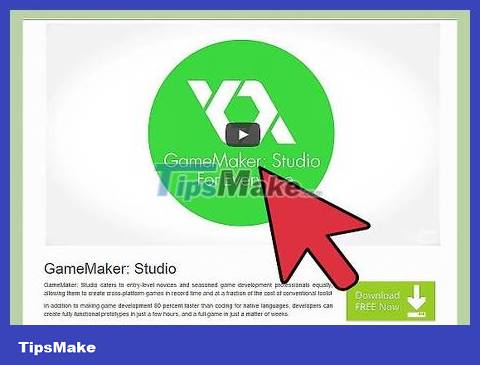
Make 2D games. GameMaker and Stencyl are not bad choices for this genre, they allow you to use programming without any requirements. Scratch! is another tool that can be used in the game browser.
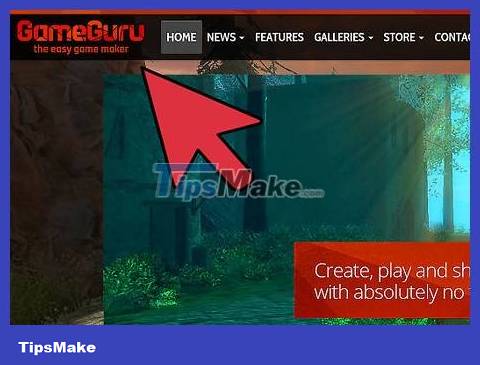
Try making 3D games. 3D games are much more challenging than 2D, so you should be prepared for a long project and hard work. Spark and Game Guru will help you simplify game world building without programming. If you already have programming knowledge or want to learn coding, you can try the popular tool Unity.
If you want to create 3D models yourself instead of using existing resources, you need 3D creation software like 3DS Max, Blender or Maya.

Access advanced programming. Even if you have a background in programming, you may want to use the above tools when creating your first game, don't force yourself to try a different approach just because it's more difficult. With that said, many people like to have complete control so they do everything themselves. However, game programming in an Integrated Development Environment like Eclipse is ideal rather than a text editor, so you can incorporate everything you need for the project.
You can program games in almost any language, but C++ is the most powerful tool, with a rich source of game resources and tutorials online.
Create Games
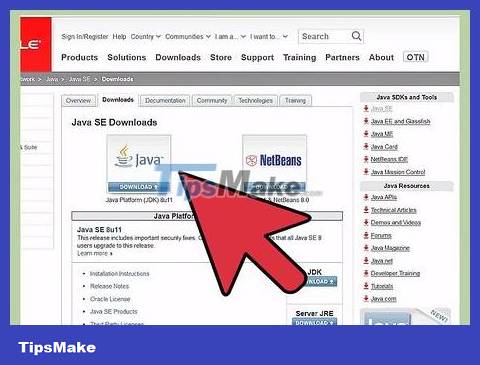
Choose a topic. For your first project, create a small but representative example of your favorite genre, such as a platformer or role-playing game. Before starting, write down your game idea on paper and answer the following questions:
What are the main components of the game (the "core" of the game)? It could be fighting enemies, solving puzzles, or chatting with other characters.
How do you want the game to look? For example, if fighting enemies, you can create real-time buttons or multiple decision-based paths. A conversation-oriented game can let players form a plot based on their decisions, they can understand the characters and the game world more.
What is the mood of the game? Scary, fun, mysterious, exciting?
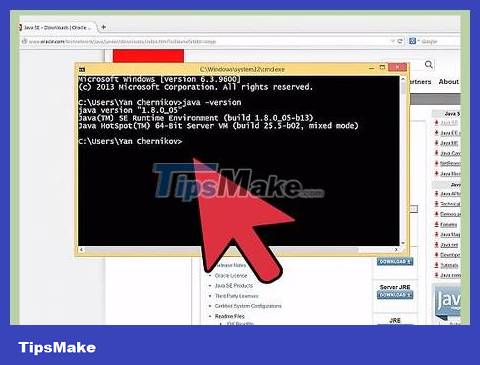
Create simple levels. If you're using game crafting tools for the first time, this is a good opportunity to get familiar with them. Learn how to place backgrounds, objects, and move characters. If possible, create objects that players can interact with, or find software that creates objects to see if they have built-in interactions.
If you're unsure about something, ask a question on the tool's website or search online for help.
Don't worry about lighting effects or other graphic elements.
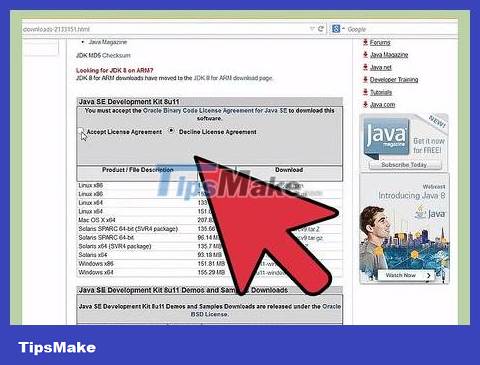
Design the core of the game if needed. You can make small adjustments on the game creation software, or the system can be built more complex. Here are some examples:
If you make a platformer, do you want your character to be able to jump twice as high or perform a "special" move? Customize the height the character can jump at, or a different reaction when tapping, holding down the key, or choosing different jump styles?
If you were making an action or horror RPG, what weapons would the characters use? Choose 2 or 3 weapons for players to upgrade or try out. Try to choose the most suitable weapons. For example, weapons that are highly damaging, injure multiple enemies, or weaken enemies. Don't choose the option that is best for the entire purpose unless it offers a high cost (a spell that increases mana, or a weapon that disappears after 1 use).
With a conversation game, do you want the player to select lines of dialogue listed on the screen, or just listen, or do a task to unlock the conversation, then come back to continue listening? Do you want players to find everything in one go, or split it into multiple paths and endings?
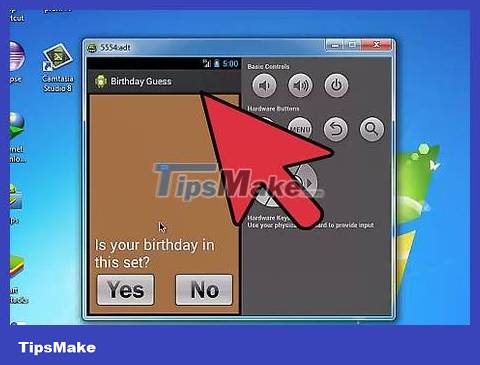
Create a few levels. 3 to 5 short levels is not a bad choice for your first game, you can expand it later. Keeping the "core game" design in mind, create different levels of difficulty. You can arrange the levels in order, or separate them and combine them after completion.
Platformers often feature moving platforms or faster enemies.
Action games may introduce multiple enemies or one strong enemy that is difficult to defeat without specific weapons and tactics.
Quiz games are often associated with one type of puzzle, or use multiple difficulty versions for each level, or introduce new tools or obstacles that require players to "brainstorm" more.
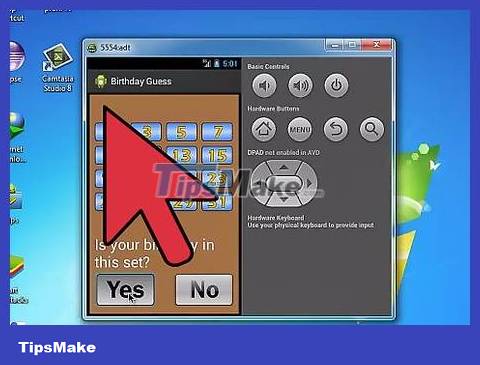
Create medium and long-term goals. This is often referred to as "secondary mechanics" or "replay". By using core game mechanics such as high jumping, players advance their second playthrough, such as jumping on enemies or collecting items. This turn can lead to achievements and long-term goals such as reaching the final level, saving money for upgrades or "clearing" the game.
As you can see in the example above, you added the above without even realizing it. Just make sure the player can find the target. If players play for 10 minutes and think the game is just about shooting enemies, they will get bored. If they kill enemies and get the money, they will find their goal (collect bonuses) and the core of the game will move them forward.
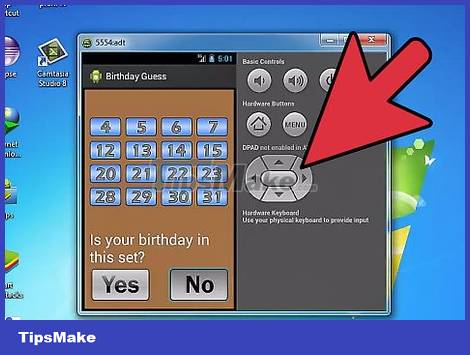
Try it out. Try each level several times, asking acquaintances or friends to help. Try approaching the game in different ways, including methods you've never tried before like skipping missions and going straight to the final boss, or winning the game by choosing all "weak" weapons or upgrades. This is an arduous process that can be frustrating, but it is the only way to improve the game.
Give testers just enough information to start playing. They need to understand what a workflow they are doing, and how to use basic controls. They don't need to know other information.
Let players try filling out a feedback form so you can collect and compare information more easily. This also allows you to answer questions that you don't yet understand.
The best testers are people who don't know you, or aren't forced to praise your game.
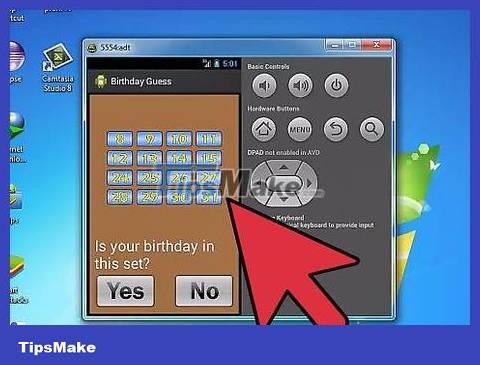
Polished graphics and sound. Although you can find many free game resources online, you should still take the time to adjust the inadequacies yourself. Learn about pixel graphics if you want simple graphics adjustments in a 2D game, or use OpenGL software for an ambitious 3D game project. Add lighting effects to encourage players to cross the main path out of the room, and eye-catching attack effects replace the animated background. Add sound effects when walking, attacking, jumping, etc. You can change and try multiple times, and launch the game as soon as the visuals and sounds are up to standard. Congratulations!
You should read it
- This young man plays Fortnite and earns $ 500,000 a year
- How to install, use Kemulator to play Java games on your computer
- How to Download Games to Your Computer
- Summary of the best Offline games
- How to stream games from Windows computer to iPhone
- 5 cognitive biases prevent you from making the right decision
- Top best Y8 games 2023
- Check if your computer supports running PC games
May be interested
- How to stream games from Windows computer to iPhone
 the biggest pain in owning a powerful gaming pc is that it cannot be played at any time. sometimes you have to move to work or school, or a certain place, at such times you can only play mobile games. but what if you can play pc games on iphone?
the biggest pain in owning a powerful gaming pc is that it cannot be played at any time. sometimes you have to move to work or school, or a certain place, at such times you can only play mobile games. but what if you can play pc games on iphone? - 5 customizations on Windows 10 make the game more 'smooth'
 here are 5 small tweaks on windows 10 that help increase gaming performance significantly. try the trick and see what the results are.
here are 5 small tweaks on windows 10 that help increase gaming performance significantly. try the trick and see what the results are. - Top best Y8 games 2023
 top hottest y8 games, best y8 games here will help you choose the right games for you by genre.
top hottest y8 games, best y8 games here will help you choose the right games for you by genre. - Check if your computer supports running PC games
 you own a laptop with a weak graphics hard drive or an old pc, it is important before deciding to spend a large amount of money on upgrading your computer, check that your computer can support the game. play it or not.
you own a laptop with a weak graphics hard drive or an old pc, it is important before deciding to spend a large amount of money on upgrading your computer, check that your computer can support the game. play it or not. - TOP best pixel graphics games
 8bit and 16bit pixel graphics always have a magical attraction for gamers. although technology has developed with games with super terrible graphics like real life, pixel images still make players feel nostalgic because of their classic style.
8bit and 16bit pixel graphics always have a magical attraction for gamers. although technology has developed with games with super terrible graphics like real life, pixel images still make players feel nostalgic because of their classic style. - How to Create a Text Based World With Batch Script
 you may have ever wanted to make a game, or at least know how. text based worlds, large games with all words and ascii art for pictures were the first games ever, then came the harder to make massively multi-player online role-playing...
you may have ever wanted to make a game, or at least know how. text based worlds, large games with all words and ascii art for pictures were the first games ever, then came the harder to make massively multi-player online role-playing... - How to Have Computer Fun
 if you're in the mood for instant entertainment, look no further than your computer. no matter what you like to do for fun, you've got endless options. have computer fun by checking out new games, chatting with your friends, learning...
if you're in the mood for instant entertainment, look no further than your computer. no matter what you like to do for fun, you've got endless options. have computer fun by checking out new games, chatting with your friends, learning... - Tips to check if the computer can play the game?
 the pc game market is becoming more vibrant than ever, with many new titles coming out with eye-catching graphics, complex gameplay that requires gamers to invest more effort. not only that, it also requires increasing computer configuration. so what to do to know if the computer you are using can run certain games?
the pc game market is becoming more vibrant than ever, with many new titles coming out with eye-catching graphics, complex gameplay that requires gamers to invest more effort. not only that, it also requires increasing computer configuration. so what to do to know if the computer you are using can run certain games? - How to Make a Video Game Stop Lagging on Windows
 lots of games can lag. it can become really frustrating, particularly when it happens extremely frequently. this article is for those who love to play pc games but hate annoying lag spikes and fps drops. assume all information on this page...
lots of games can lag. it can become really frustrating, particularly when it happens extremely frequently. this article is for those who love to play pc games but hate annoying lag spikes and fps drops. assume all information on this page... - Great, lightweight PC games for weak configuration machines
 of course, these are not blockbuster games with the most advanced technology today, but they are all very good pc games that hold every gamer and can run smoothly on any computer, even weak configuration.
of course, these are not blockbuster games with the most advanced technology today, but they are all very good pc games that hold every gamer and can run smoothly on any computer, even weak configuration.









 How to Run Downloaded Games on PSP
How to Run Downloaded Games on PSP How to Play Video Games
How to Play Video Games How to Play Pokémon on PC
How to Play Pokémon on PC How to Play Pokémon GO
How to Play Pokémon GO How to Play Grand Theft Auto V (story mode)
How to Play Grand Theft Auto V (story mode) How to Play Wii Games from an External Hard Drive or USB
How to Play Wii Games from an External Hard Drive or USB